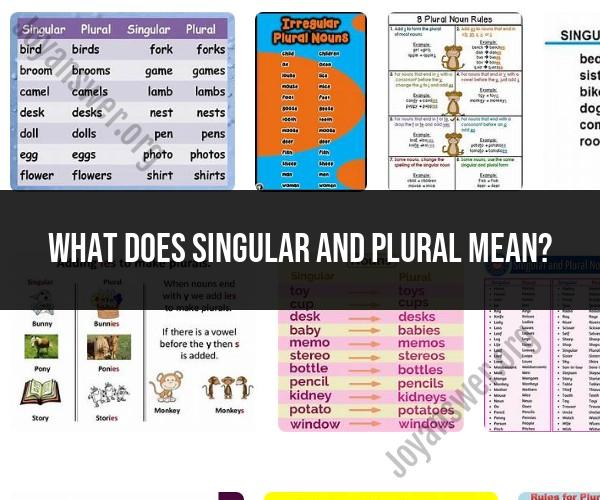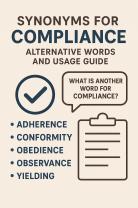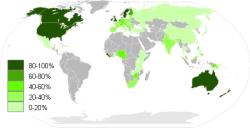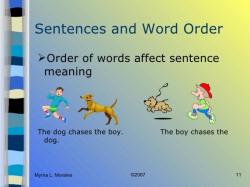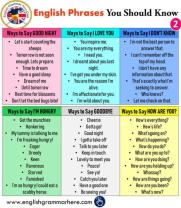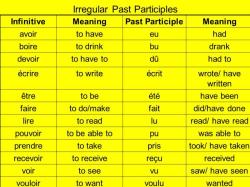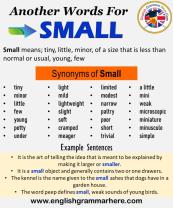What does singular and plural mean?
In grammar, "singular" and "plural" are terms used to describe the number of items or entities that a noun, pronoun, or verb is referring to. These terms are fundamental in understanding the grammatical structure of a language, and they are used to indicate whether something is singular (referring to one) or plural (referring to more than one).
Here's an explanation of singular and plural forms:
Singular:
- Singular refers to one item, entity, or individual.
- It is used when you are talking about a single person, place, thing, or concept.
- Examples:
- Singular Nouns: dog, car, book, city, teacher, idea (refers to one of each)
- Singular Pronouns: he, she, it, me, you, himself, herself (referring to one person or thing)
- Singular Verbs: Verbs that agree with a singular subject, such as "He runs," "She sings."
Plural:
- Plural refers to more than one item, entity, or individual.
- It is used when you are talking about multiple persons, places, things, or concepts.
- Examples:
- Plural Nouns: dogs, cars, books, cities, teachers, ideas (referring to more than one of each)
- Plural Pronouns: they, we, you, them, ourselves (referring to more than one person or thing)
- Plural Verbs: Verbs that agree with a plural subject, such as "They run," "We sing."
Understanding when to use singular or plural forms is crucial for constructing grammatically correct sentences in English and many other languages. The choice between singular and plural depends on the context and the number of entities you are referring to. It can impact not only nouns and pronouns but also verb conjugation, adjectives, and other parts of speech within a sentence. Proper agreement between subjects and verbs is especially important for sentence clarity and grammatical correctness.
For example, you would say "The dog runs" (singular) when referring to one dog but "The dogs run" (plural) when referring to multiple dogs. Similarly, "She has a book" (singular) refers to one book, while "They have books" (plural) indicates multiple books.
Mastering the use of singular and plural forms is one of the fundamental aspects of language acquisition and helps convey information accurately and effectively in speech and writing.
Exploring the Meaning of Singular and Plural Forms
English nouns have two forms: singular and plural. The singular form refers to one thing, while the plural form refers to two or more things.
For example, the singular form of the noun "book" is "book" and the plural form is "books."
Using the correct singular and plural forms of nouns is important for grammar and clarity. For example, the sentence "I have two books" would be grammatically incorrect if we used the singular form "book" instead of the plural form "books."
Understanding Singular and Plural: Grammar Basics
There are a few general rules for forming the plural of nouns:
- Most nouns form the plural by adding an "s" to the end of the word. For example: "dog" becomes "dogs," "cat" becomes "cats," and "house" becomes "houses."
- Nouns that end in "s," "sh," "ch," "x," or "z" form the plural by adding "es" to the end of the word. For example: "bus" becomes "buses," "dish" becomes "dishes," "match" becomes "matches," "box" becomes "boxes," and "quiz" becomes "quizzes."
- Nouns that end in "y" preceded by a consonant form the plural by changing the "y" to "i" and adding "es" to the end of the word. For example: "baby" becomes "babies," "city" becomes "cities," and "fly" becomes "flies."
- Some nouns have irregular plural forms. For example: "man" becomes "men," "child" becomes "children," and "foot" becomes "feet."
Examples of Singular and Plural Nouns
Here are some more examples of singular and plural nouns:
| Singular | Plural |
|---|---|
| book | books |
| dog | dogs |
| cat | cats |
| house | houses |
| bus | buses |
| dish | dishes |
| match | matches |
| box | boxes |
| quiz | quizzes |
| baby | babies |
| city | cities |
| fly | flies |
| man | men |
| child | children |
| foot | feet |
| tooth | teeth |
| mouse | mice |
| woman | women |
If you are unsure of the plural form of a noun, you can always consult a dictionary.
Using the Correct Singular and Plural Forms of Nouns
Using the correct singular and plural forms of nouns is important for grammar and clarity. Here are a few tips:
- When referring to one thing, use the singular form of the noun.
- When referring to two or more things, use the plural form of the noun.
- When using a verb with a noun, make sure that the verb agrees with the noun in number.
- If you are unsure of the singular or plural form of a noun, consult a dictionary.
By following these tips, you can ensure that you are using the correct singular and plural forms of nouns in your writing and speaking.
